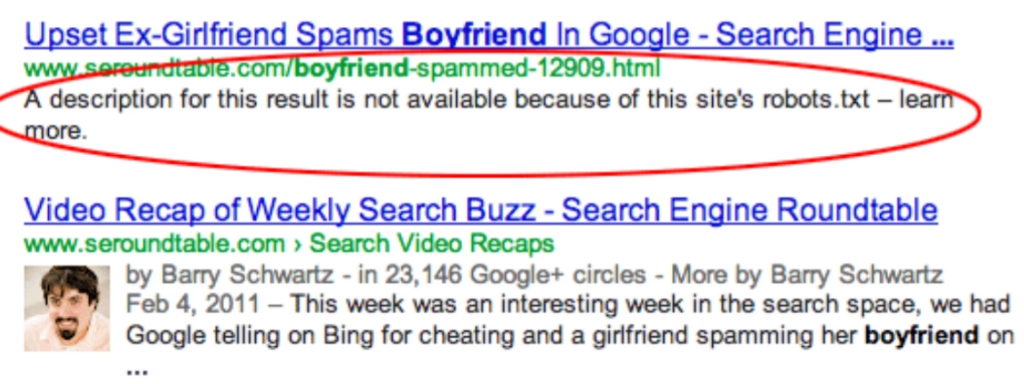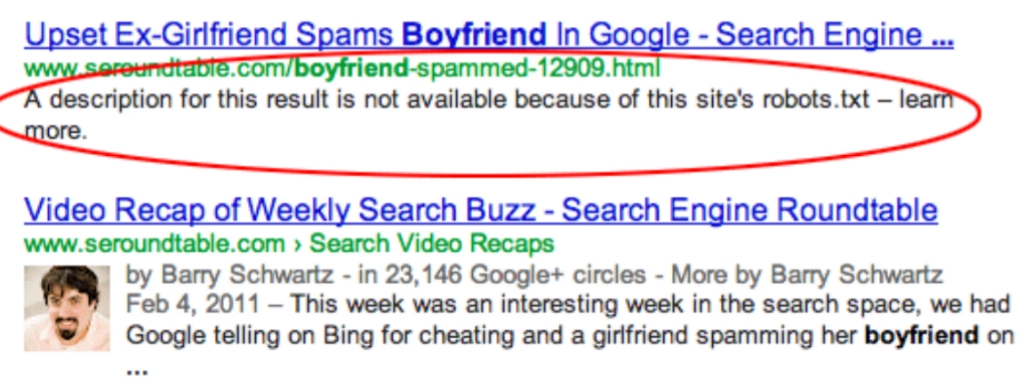My Google Search Console (GSC) tells me there is “Failed indexing”. How Can I fix this?
Please review the following reasons that can be causing your reindexing issue:
1. Blocked by robots.txt: This page was blocked by Googlebot with a robots.txt file. You can verify this using the robots.txt tester.
2. Crawled currently not indexed: The page was crawled by Google, but not indexed. It may or may not be indexed in the future; no need to resubmit this URL for crawling.
3. Discovered - currently not indexed: The page was found by Google, but not crawled yet. Typically, Google wanted to crawl the URL but this was expected to overload the site; therefore Google rescheduled the crawl. This is why the last crawl date is empty on the report.
4. Page with redirect: The URL is a redirect, and therefore was not added to the index.
5. Alternate page with the proper canonical tag: This page is a duplicate of a page that Google recognizes as canonical. This page correctly points to the canonical page, so there is nothing for you to do.
6. Duplicate, Google chose a different canonical than the user: This page is marked as canonical for a set of pages, but Google thinks another URL makes a better canonical. Google has indexed the page that we consider canonical rather than this one. We recommend that you explicitly mark this page as a duplicate of the canonical URL. This page was discovered without an explicit crawl request. Inspecting this URL should show the Google-selected canonical URL.
7. Not found (404): This page returned a 404 error when requested. Google discovered this URL without any explicit request or sitemap. Google might have discovered the URL as a link from another site, or possibly the page existed before and was deleted. Googlebot will probably continue to try this URL for some period of time; there is no way to tell Googlebot to permanently forget a URL, although it will crawl it less and less often. 404 responses are not a problem, if intentional. If your page has moved, use a 301 redirect to the new location.
8. Duplicate, submitted URL not selected as canonical: The URL is one of a set of duplicate URLs without an explicitly marked canonical page. You explicitly asked this URL to be indexed, but because it is a duplicate, and Google thinks that another URL is a better candidate for canonical, Google did not index this URL. Instead, we indexed the canonical that we selected. (Google only indexes the canonical in a set of duplicates.) The difference between this status and "Google chose different canonical than user" is that here you have explicitly requested indexing. Inspecting this URL should show the Google-selected canonical URL.
And last but not least, here is how it looks on Google SERPs:


Last updated
Was this helpful?